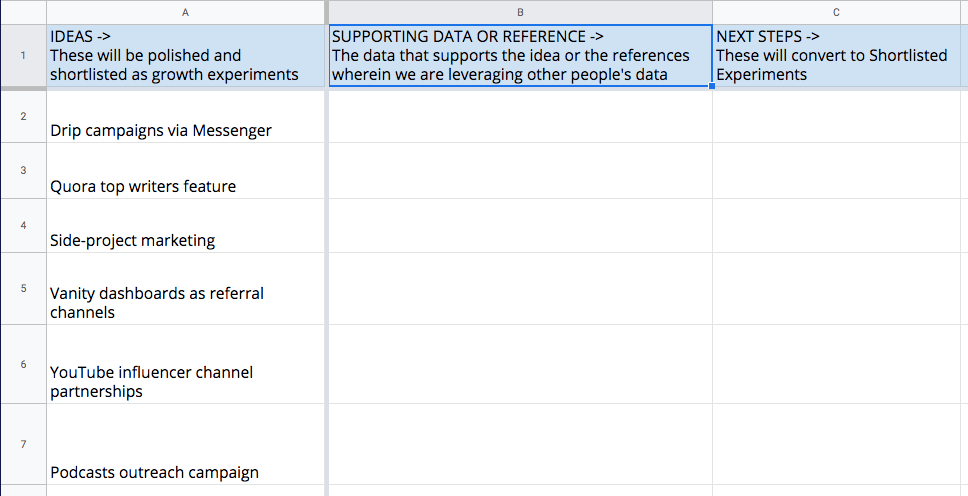Chapter 7: The Integration Phase of Growth Marketing
Once the execution phase is complete, we will have data and learnings to move to the next steps of the growth experiments.
The execution results will tell what what worked well and what didn’t.
What we’re looking for at this stage is to take things that worked together and ‘integrate’ them.
Integration can refer to:
- Integration of the experiment execution cycles within the business process
- Or Integration in terms of putting together a scaling process to repeat and get more results from the growth campaign further.
We will be going beyond the experiment blueprint and combining different ways to take the experiment forward. This is why I’ve called this stage ‘Integration’.
Integration, in general, is defined as the process of combining different elements in a more effective way.
The combination for us could be:
- Successful experiments + More manpower
- Successful experiments + More budgets
- Successful experiments + Scale with tech
- Successful experiments + Business processes
The exact steps in this phase would hence differ based on how we decide to Integrate the experiment. However, they would usually include the following:
- Creating a blueprint system of the successful experiment
- Assigning a team to study the blueprint
- Deciding repetition frequency and budgets against ROI
- Using tech to scale the components of the system that can be automated
- Integrating the blueprint into your business process
Important points to note:
- Integration includes the Scaling phase as a part of it and the new Integration phase has a scope much bigger than just scaling and automation.
- Integration is the final stage of growth marketing.
- Note that Analytics is not a separate phase in the process but a part of each phase. Analytics starts from Day 1 of growth marketing and continues until Integration and beyond.
- Post Integration, you can go back to the idea bank (option 1) or go back to the research phase (option 2) if there have been major changes to the data collection.


